iPhone Air
The Good Stuff
- Really slim & really lightweight
- OLED screen with Dolby Vision & HDR10
- Impressive performance
- Takes great selfies
- Impressive battery life
- Impressive video capture
- Includes new iOS 26
The Bad Stuff
- iOS 26 needs work
- Smaller single rear camera
- Battery life good but not competitive
- Slow charging
- Just eSIM, no physical SIM card slot
New iPhone Air Review
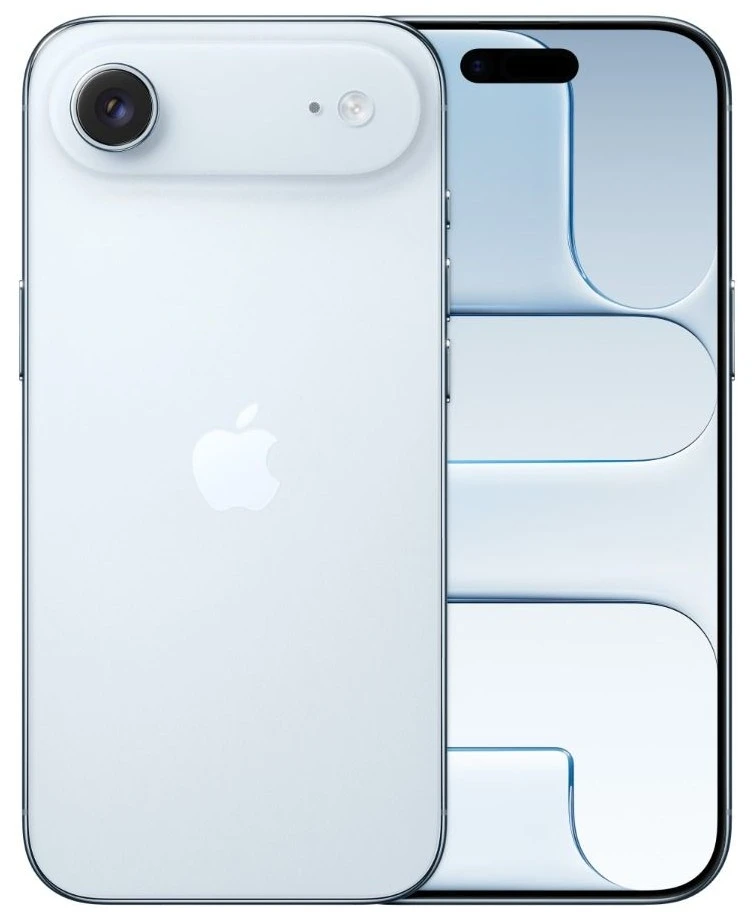
iPhone Air
“the iPhone Air is a deliberate attempt to attract a different kind of customer to the iPhone world. It’s for people who are willing to deal with a few missing features (like a versatile camera) in exchange for a one-of-a-kind device that no one else has”
Say hello to the new iPhone Air. It’s the brand-new model that has everyone talking, and it’s Apple’s answer to those who love a stunning, high-end phone but crave a super-slim, easy-to-handle design. From its powerful A19 Pro chip, and gorgeous ProMotion display to its ultra-slim body and stylish titanium frame, the Air is definitely turning heads. But with a smaller battery and a single rear camera, did Apple cut too many corners to achieve this breakthrough design? We spent some quality time with this unique iPhone to find out if it’s really the “future” everyone’s been waiting for, or if it’s just a stylish compromise.
Overview
The new Apple iPhone Air is finally here, and it’s a huge deal. Apple even skipped the “17” in the name to mark the occasion. After the ‘Mini’ and ‘Plus’ models didn’t quite hit the mark, Apple is trying something new to make its flagship phones appeal to more people. Can the Air—a model that puts design front and center—be the one? The iPhone Air is priced like the old Plus but it’s a totally different beast. It’s got more in common with the Pro phones, boasting a high-end ‘Pro-motion’ display and the powerful A19 Pro chipset, plus a titanium frame. It even looks a little sleeker than the current Pro duo.
However, it cuts corners in a couple of places. Firstly, the camera setup is more basic (similar to the iPhone 16e); and secondly, the battery is the smallest in the whole iPhone family. Clearly, this phone is meant for a specific crowd. The iPhone Air also offers a 6.5-inch screen—a new size that sits right between the 17 Pro and 17 Pro Max. This gives you one more option for screen size. But the real star of the show is how unbelievably thin and light it is. In fact, it’s a mere 5.6 mm thin, and it weighs just 165g. That makes it a tiny bit thinner and only two grams heavier than Samsung’s super-slim S25 Edge competitor.
The phone only has a single rear camera, which is a disappointment for photo enthusiasts, but Apple thinks it’ll be fine for people who don’t demand much from their phone’s camera. On the flip side, the 18 MP selfie camera has a cool, new sensor, which might actually be a bigger deal to some users. Finally, there’s the battery. With just 3,149 mAh, it’s a bit worrying, even though Apple usually works its optimization magic to make even small batteries last. But enough talk. Let’s crack open the box and see if the iPhone Air is truly as good from as the hype and if Apple’s really on to a winner here.
Specs – iPhone Air

What’s to Like
1. Slim and lightweight design
The whole “slim phone comeback” actually started the second we heard rumors about Apple working on a 5.6mm phone that weighs just 165 grams. Samsung technically beat them to the punch with the Galaxy S25 Edge (which is two grams lighter). But the Air is still the one that feels thinner in your hand. Why? Probably because of its slightly curved edges, which make it super comfortable, while the S25 Edge is more blocky. Plus, the Air’s screen is smaller, which makes the whole phone feel more compact.
Apple really pushed their engineers to make this phone so thin while keeping it tough. The frame is made of high-quality recycled grade 5 titanium (even the Pro models didn’t get this). It also comes with the new Ceramic Shield Gen 2 on the front, which is pretty impressive engineering.
Now for the weird part: actually holding the Air is a little puzzling. We couldn’t quite figure it out, but the finish on the side frame feels a bit… cheap, almost plastic-like. And those tiny little gaps where the side frame meets the glass? They just don’t belong on a phone that’s supposed to be a design masterpiece. Oh, and that glossy bit on the camera bump? It looks and feels totally out of place.
But, it’s not all bad! The frosted back glass feels amazing, and the Sky Blue color we tested looks really sharp and doesn’t pick up smudges easily. You can also grab it in Light Gold, Cloud White, and Space Black.
Overall, the engineering is seriously cool, and it is the thinnest iPhone ever (if you ignore that camera bump). But the actual design decisions are a bit hit-or-miss. The materials are great, but the final assembly and feel don’t scream “premium” the way you’d expect from Apple. Still, if you’re looking for a lightweight flagship phone right now, there aren’t many other options out there, and that alone might make the Air a winner.
2. Impressive display
So the first thing to know about the display of the new iPhone Air is that it’s a beauty. It clocks in at 6.5 inches and uses that fancy Super Retina XDR OLED tech. Basically, it has the same excellent quality display as the high-end 17 Pro and 17 Pro Max models—it just sits perfectly in between them in terms of physical size. It also has ProMotion, which is Apple’s cool name for the variable 120Hz refresh rate. This is what makes scrolling and animations look super smooth, but it also saves battery when you’re just reading static text.
The screen resolution is nice and sharp at 1260 x 2736 pixels, and you get all the color goodies like HDR10 and Dolby Vision support. The True Tone feature is there too, of course, to make sure the colors always look natural based on your environment. Apple actually toned down the overall brightness numbers a bit this year, but don’t worry—in real life, the sunlight visibility is still amazing.
Here’s the quick brightness scoop:
Now, about Apple’s crazy claim of nearly 3,000 nits? We managed to see that peak brightness, but it only happens for a very short moment, and only when a tiny part of the screen is lit up. So, technically, they’re right, but it’s not something you’ll experience constantly. The good news? The new anti-reflective coating is the real MVP here. It helps a ton with cutting glare, which is why the screen is so easy to see in bright light, even if the high brightness peaks only last a second or two.
It seems the display could run brighter for longer, but the system is programmed to dial it back, probably to keep things cool. Regardless, you’re getting an impressive display, with good brightness and tech that is set to provide you with top-tier viewing experience.
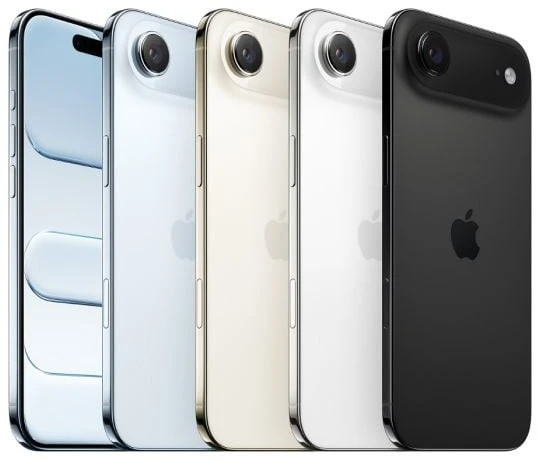
3. Impressive performance… almost
The iPhone Air is run by the brand-new Apple A19 Pro processing chip, which is similar to the one included in the 17 Pro and the 17 Pro Max models. But this is where it gets confusing. As much as the chip is similar, it’s not really the same.
Let’s break it down: Firstly, both the Air and the Pro/Pro Max versions have a 6-core CPU (the part that handles general tasks) and they run at the same speeds. So, for everyday things, they’re identical. And lastly, the key difference is the graphics. The powerful Pro/Pro Max models get a 6-core GPU, but the Air only gets a 5-core GPU. You’ll only notice this if you’re doing intense gaming or video editing, but it’s important to know the Air has a slightly dialed-back graphics engine.
The rest of the top-range hardware specs include: 12GB of memory (RAM), which helps with multitasking; The storage base model starts at a generous 256GB, with model options from 512GB or 1TB, which will cost you extra; and the N1 networking chip for to improve connectivity. This is for things like Wi-Fi 7, Bluetooth 6.0, and the latest Ultra Wideband features for precise location tracking.
So how fast is it really? Well, compared to last years chip, the A19 Pro in the Air shows a 15% boost multi-core tasks. And for graphics, it was barely ahead of last year’s A18 Pro, and actually fell behind even the non-Pro iPhone 16 chip on another. Bottomline. The iPhone Air is super fast for launching apps and general use, but its GPU performance is lacking as it perform inconsistent for high-end gaming compared to the true Pro models.
4. Good overall camera system
The first thing you need to know is that the thin design meant Apple had to make a tough choice: only a single smaller camera lens on the back. The Main Camera is a 48 MP wide sensor, which is similar to the standard iPhone 17 model, but not the bigger, newer sensors from the Pro/Pro Max models. It’s a great camera, but it’s clearly a step down from the absolute best that Apple offers.
Next is the Front Camera, which is actually the more interesting piece of tech. It has a brand-new 18 MP sensor that’s shaped like an octagon (weird). It features Center Stage, which is great because it keeps you perfectly in the frame even if you move around during video calls. It also has Optical Image Stabilization (OIS), which is super rare for a front camera and means your selfies and videos will be much steadier. Plus, the shape of the sensor lets you easily take full 4:3 photos whether you hold the phone normally or sideways, without having to mess with the settings.
Here’s the classic Apple issue: the full camera settings are still a mess. Even with the new UI, if you want to change basic things like switching between the 12 MP and 24 MP resolution options, you can’t do it easily. You have to go deep into the main Settings app, then find the Camera menu, and then toggle an option just to enable some quick controls in the app. It’s a mix of intuitive new controls right on the screen and the old, disorganized settings being buried way out of sight.
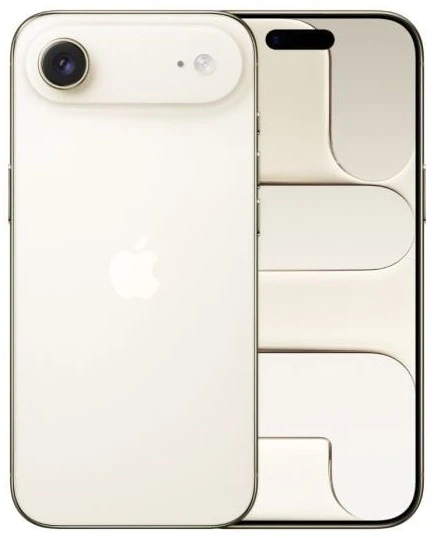
5. Good battery life
So, on paper, the battery in the iPhone Air looks a little tiny—it’s only 3,149 mAh. That number might make you think you’ll be constantly hunting for a power source. But here’s the cool part: thanks to the super-efficient ProMotion screen and that slightly toned-down A19 Pro chip, this phone performs way better than its battery size suggests.
From tests done, the iPhone Air reached almost 13 hours of battery life on moderate use. Not as good as other top-range smartphones but it’s a great result. In fact, for things like streaming videos and gaming, it actually outlasts some of the top Android phones that have massive batteries, like 5,000 mAh and higher. That really shows how efficient Apple has made the whole system.
Now, we noticed the scores for regular calls and web browsing aren’t exactly mind-blowing, but honestly, this phone isn’t designed to be a marathon runner. Apple’s goal with the Air was simple: make sure you don’t have to charge it multiple times a day. And it definitely achieves that. In the end. Sure, you can find other iPhones that last longer, but the Air’s job isn’t to beat its siblings. It’s to offer that super-slim design without giving you battery anxiety. And it seems to pull that off.
6. Impressive Sustained Performance under Pressure
Considering how incredibly thin the iPhone Air is, Apple’s engineers actually did a decent job managing the heat from the powerful processing chip. Here’s the breakdown of what happens to the iPhone Air when it’s pushed to the limit (due to long gaming sessions or other intensive tasks):
The graphics (GPU) stays pretty stable, holding around 61% of its top speed without completely dropping off. The main processor (CPU) slows down a bit more, settling at 76% of its max speed. This is what we call “throttling,” and it’s basically the phone trying to prevent overheating. The good news is the actual body of the phone maintains a reasonable temperature. The only part that feels genuinely hot is the small area right around the camera bump, where the chip sits. Even the metal frame stayed cool to the touch.
Overall, the sustained performance and heat management is alright. It’s not the absolute best, but we have to remember that Apple made the slim design it’s top priority here. They managed to deliver a very slim phone that still gives you decent, sustained power without heating your hand.
7. New iOS 26
The new iOS 26 is probably one of the biggest changes Apple has made to its phone software in a long time. They’ve introduced this new look they call “Liquid Design,” and honestly, it really makes the whole operating system feel fresh and modern. It’s a nice visual update that was definitely needed. Beyond just the look, they packed in a ton of great new features across the board. We’re really happy to see things like:
- Smarter Photos: The new Visual Intelligence makes things like recognizing text and objects in pictures even better
- Goodbye Spam: The Call Screening feature is a huge win for cutting down on annoying spam calls
- Gaming Boosts: They added improved Game services to make playing on your phone smoother
- Personal Touch: The home and lock screens are now way more customizable, which is always fun
- Better Camera App
Basically, it’s not just a new coat of paint—it feels like a complete refresh that makes the experience of using the iPhone Air really great.
What’s Not to Like

1. Slow charging
When it comes to charging speed, here’s the honest truth: the iPhone Air is a bit behind the times. Apple says the phone hits its fastest speeds with a standard 20W Power Delivery (PD) charger. Crucially, that means it doesn’t support the fancy new 42W PD charger that the other new iPhone 17 smartphones are using. From using an 18W PD charger, even with a relatively small battery, it takes a while compared to the competition. Here’s what we found: In 30 minutes, the phone is close to 50% charged, and for 100% full charge it takes up to 90 minutes.
To put that in perspective, that speed is similar to last year’s iPhone 16 Pro, but it’s noticeably slower than the rest of the new iPhone 17 family. You might find it frustrating since most competitors—even ones with bigger batteries—can charge up much faster. Overall, the iPhone Air charges slower than the other iPhone 17 phones in the series.
2. Slower file transfers
The iPhone Air includes a slower USB-C 2.0 port, where as the Pro/Pro Max models get the super-fast USB-C 3.2 Gen 2 port, which can transfer up to 10Gbps. You’ll definitely notice the difference when you’re transferring large files to and from your computer—the Air will be significantly slower.
3. Buggy iOS
While the new “Liquid Design” definitely feels fresh, we’re not sure Apple totally nailed the landing. To be honest, it brings a sort of retro vibe that can look a bit messy in places, and some elements feel chaotic.
What used to be known for its clean, symmetrical look now feels like an animated jumble. Apple definitely needs to go back and polish a lot of these rough edges, especially rethinking where some buttons and elements are placed. The bigger disappointment is that iOS 26 is still missing some core features that Android has had for years.
- File Management is a Nightmare: It’s still incredibly frustrating to manage your files, whether you’re doing it on the phone or connecting to a computer. This really hasn’t improved at all.
- A Blast from the Past: I mean, the big new feature is that you can finally set an MP3 file as your ringtone (if it’s under 30 seconds). Seriously? That feels like something we should have been able to do back in 2015.
- Falling Behind in AI: Apple is also clearly lagging in the AI race. They’re investing a lot, but we haven’t seen any meaningful, user-facing improvements yet.
The bottom line, if you’ve been using iOS for years and are used to its limitations, you probably won’t find much wrong with iOS 26. It’s a very stable operating system, but when it comes to modern features, it’s starting to feel pretty dated.
iPhone Air Alternatives
1. iPhone 17
If you’re looking at the two new iPhones, and the Air’s super-thin design isn’t your absolute priority, the standard iPhone 17 is simply the smarter, better-value choice for most people. While the Air is focused on being slim, the iPhone 17 delivers the essential features without compromise: it boasts a versatile dual-camera system with a much-needed 48 MP ultra-wide lens, a huge upgrade over the Air’s single rear camera. Crucially, it offers significantly better stamina, clocking in with a superior 15 hours of active moderate use time compared to the Air’s 13 hour active use. With a longer battery life, a more capable camera, and a lower starting price, the iPhone 17 is clearly the practical winner that gives you more bang for your buck.
2. Pixel 10 Pro
While the iPhone Air’s design is impressive, the Google Pixel 10 Pro is the far superior alternative for anyone who prioritizes performance and versatility over extreme thinness. The Pixel completely dominates the photography segment with its triple camera system, which features a versatile 5x optical zoom periscope telephoto lens and a larger main sensor—a setup that easily outclasses the iPhone Air’s simpler dual-camera array. Furthermore, the Pixel 10 Pro is designed for serious endurance, boasting a significantly larger 4870 mAh battery (compared to the Air’s 3149 mAh) and supporting faster 30W wired charging. This combination of a comprehensive camera suite and superior battery capacity, along with the added benefit of 16GB RAM options, makes the Pixel 10 Pro a much more robust and functional flagship than a device focused only on cutting-edge slimness.![]()
3. S25 Edge
When considering a flagship alternative to the iPhone Air, the Samsung Galaxy S25 Edge provides a dramatically better overall package, especially in core hardware areas, and comes at a significantly lower price. The Galaxy S25 Edge features a superior display, offering a larger 6.7-inch OLED panel with a sharper 1440 x 3120 pixel screen resolution and higher peak brightness than the Air’s screen. Furthermore, the camera system is vastly more capable. It includes a massive 200 MP wide sensor, alongside a dedicated 12 MP ultrawide lens, whereas the Air is limited to a single 48 MP camera. Finally, while both phones prioritize a slim build, the Galaxy S25 Edge offers a larger 3900 mAh battery (compared to the Air’s 3149 mAh) and supports faster 25W wired charging. All of these advantages come at a much lower starting price, making the Galaxy S25 Edge a clearly superior choice for consumers seeking high-end performance and features.
4. iPhone 16 Pro
If you are deciding between the ultra-slim iPhone Air and a more feature-rich but older model, iPhone 16 Pro is the superior alternative that justifies its “Pro” moniker by avoiding the compromises made for the Air’s thinness. The 16 Pro offers a vastly more powerful and versatile camera system, including a triple camera setup with a 5x optical zoom periscope telephoto lens, and a dedicated 48 MP ultra-wide lens. These features entirely missing from the Air’s basic single-rear-camera approach. Beyond photography, the 16 Pro also delivers superior endurance with an average battery life of 14 hours (compared to the Air’s 12 hour) and features much faster USB Type-C connectivity for data transfer, making it the better choice for any power user.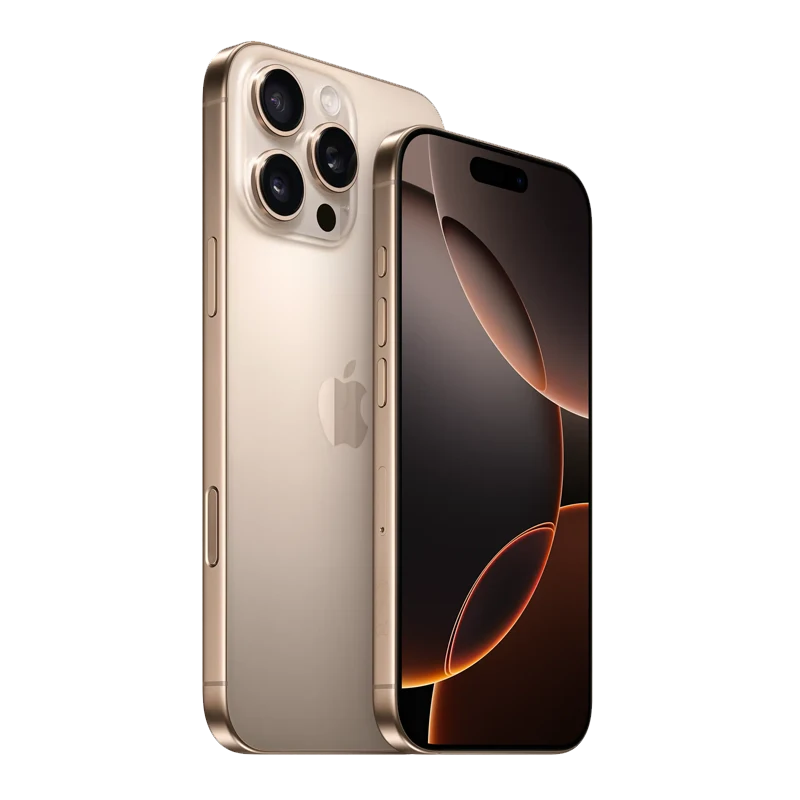
Verdict
All in all, the iPhone Air tries to do things differently in an attempt to bring in new crowds under the iOS banner. The kind of people that will take a one-of-a-kind device even with significant drawbacks instead of heading to the arena of flagships fighting over a few extra pixels. There’s certainly no shortage of such customers, but it remains to be seen how many of them are willing to pay the premium price of the Air.
Here’s the thing that’s a little worrying: we thought the build quality felt kind of cheap, even though it uses premium materials. That’s a highly subjective feeling, though, so please don’t just take our word for it. If you feel the same way, that’s probably a deal-breaker for a phone that’s supposed to be all about design. Even if you pass on it, you have to admit the Air is an impressive achievement from an engineering perspective—with great performance and decent battery into a package this thin is amazing.
Ultimately, the iPhone Air is a deliberate attempt to attract a different kind of customer to the iPhone world. It’s for people who are willing to deal with a few missing features (like a versatile camera) in exchange for a one-of-a-kind device that no one else has. There are definitely people out there who value style over a few extra pixels, but let’s to wait and see if enough of them are willing to pay a premium price for it.
Thanks for checking out this review. Now it’s your turn. What are you impressions the new iPhone Air? Are you someone who usually prefers a thinner phone, or do you always go for the model with the biggest battery and best camera? If you have comments, I would appreciate it so much if you left them here below. And if you wanna purchase the new iPhone Air, then click HERE. That’s all from me. Stay safe. Until next time 😀

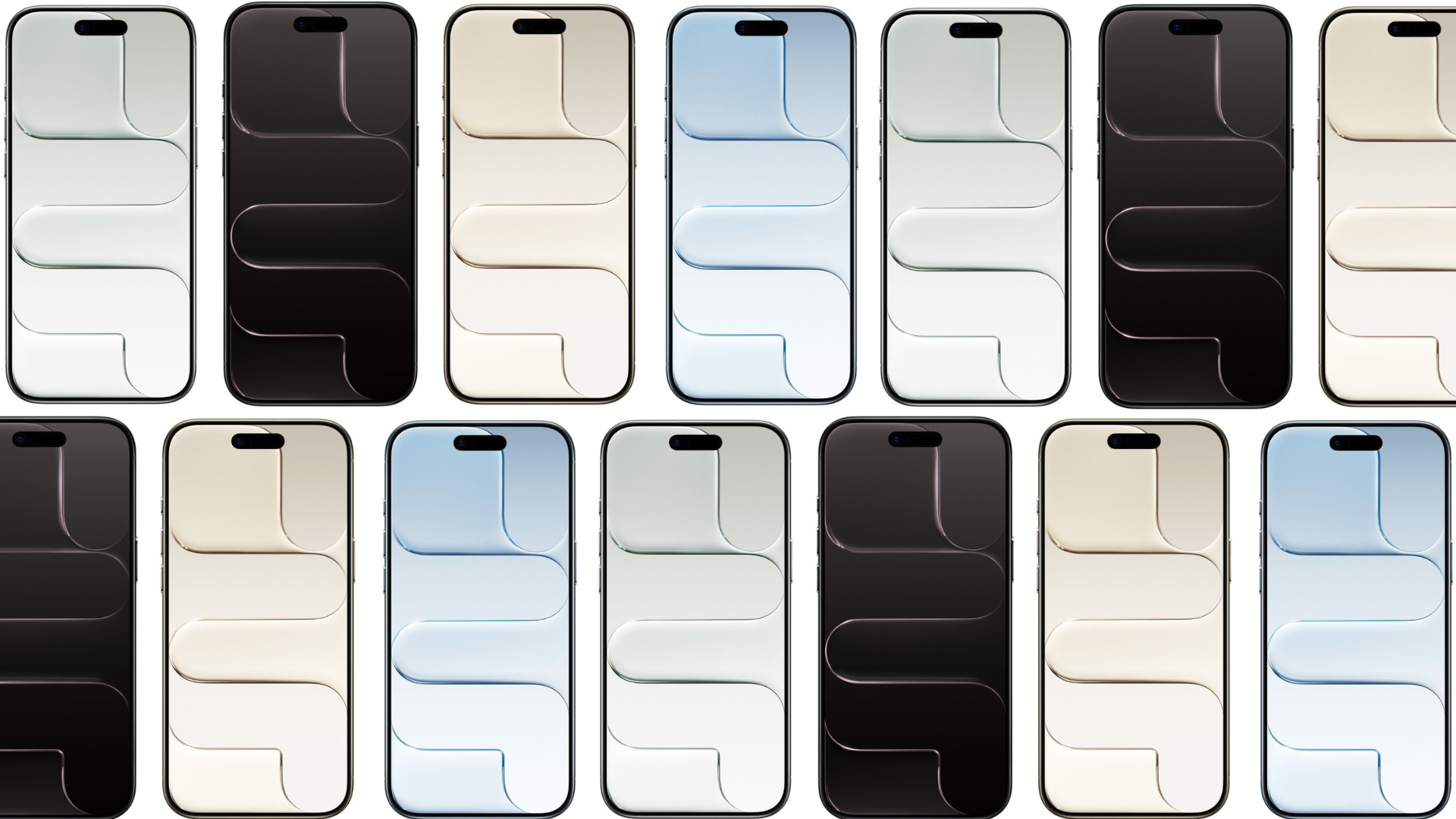
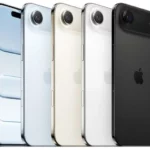
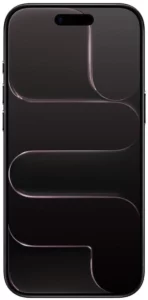
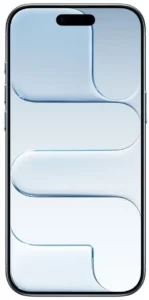
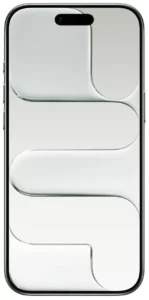
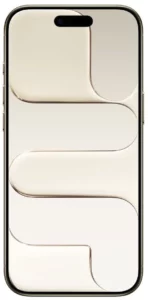
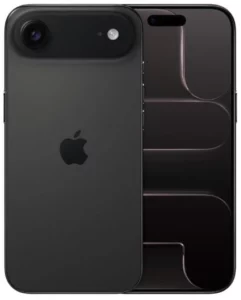
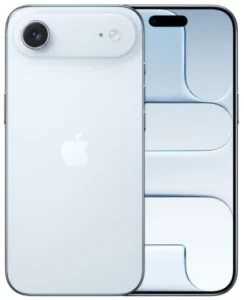
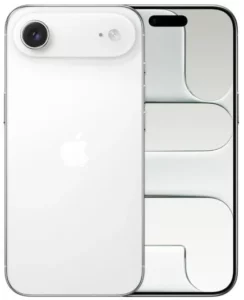
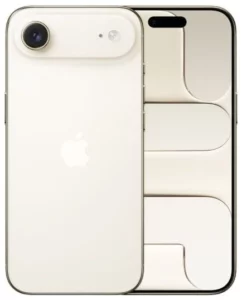
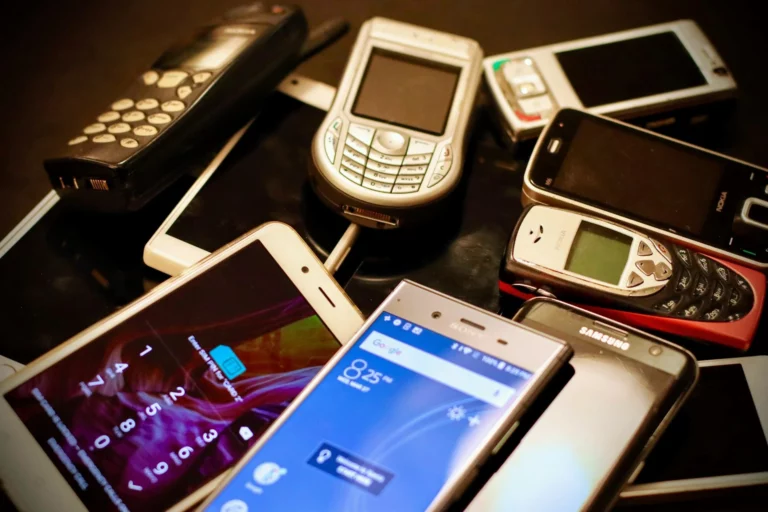
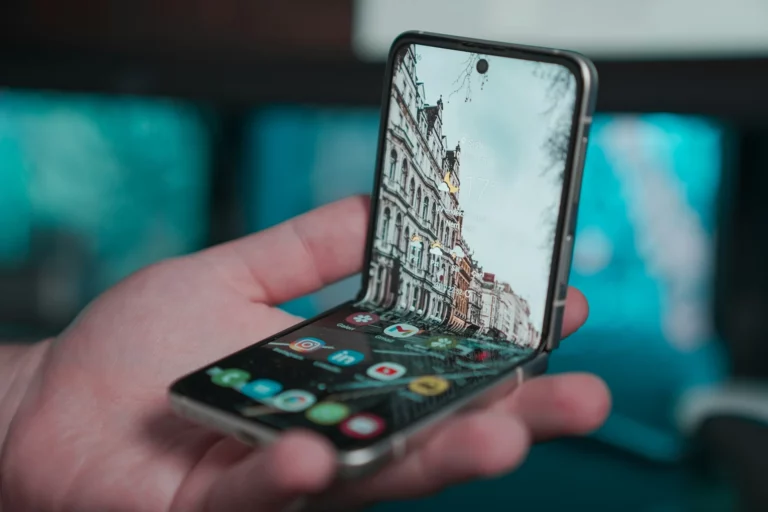
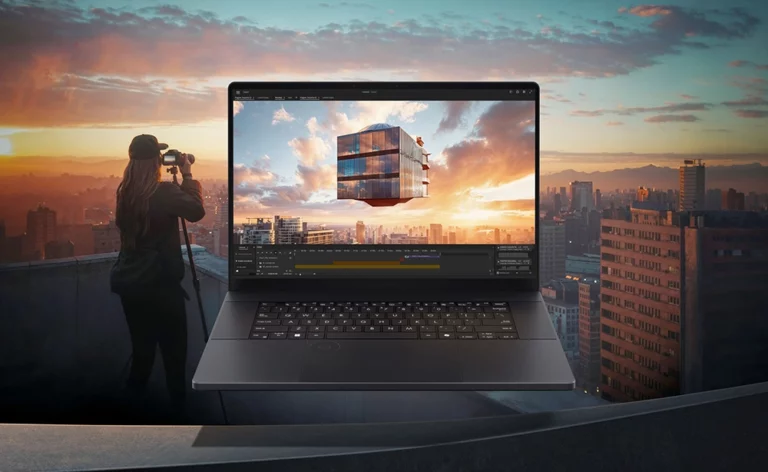
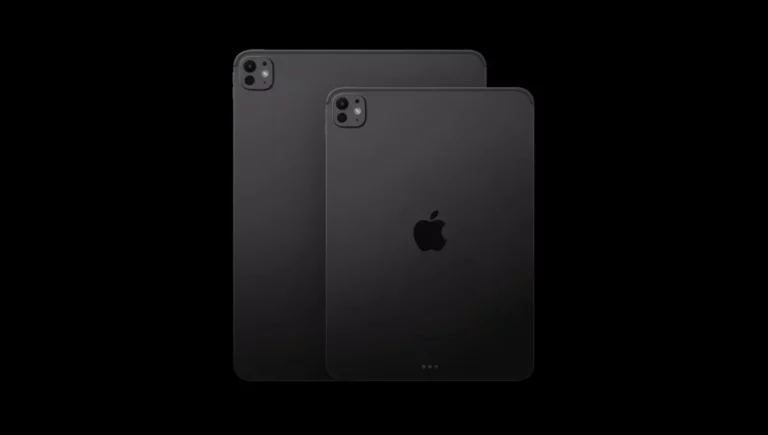

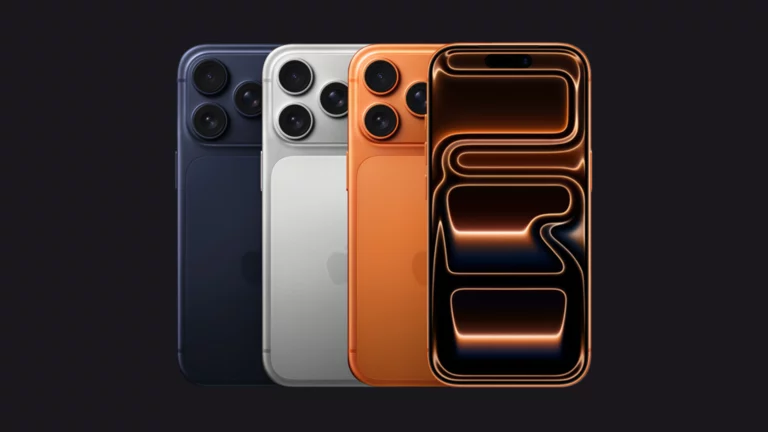

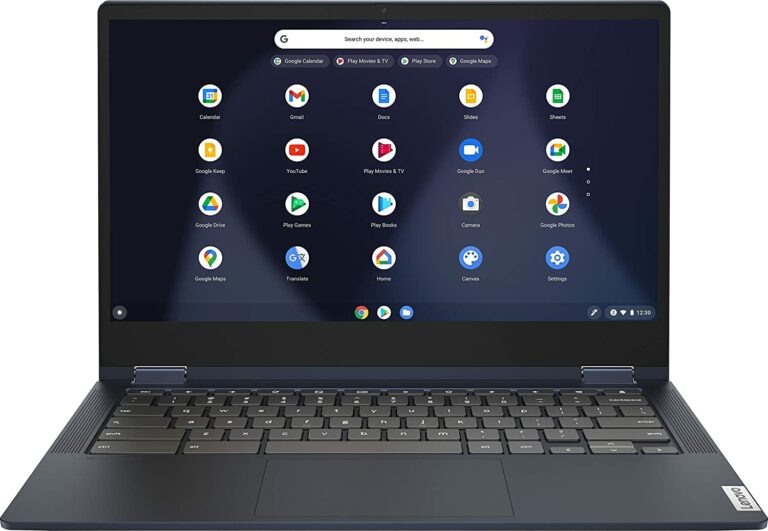
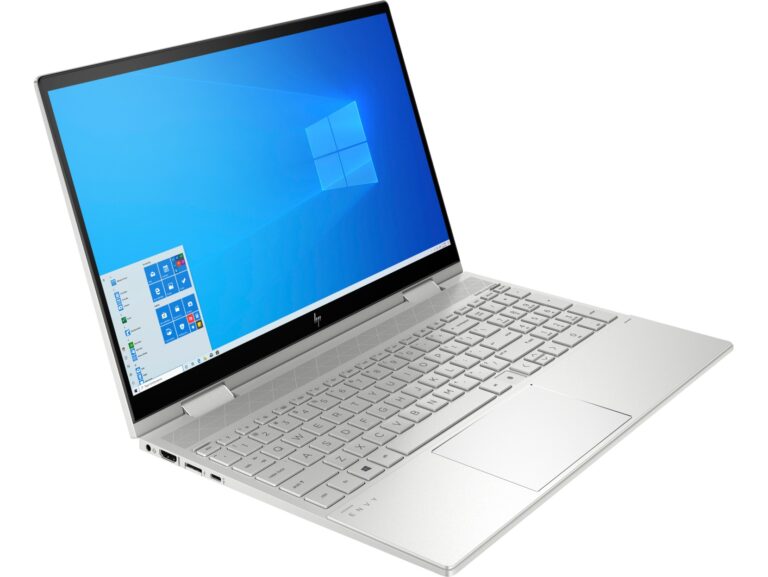
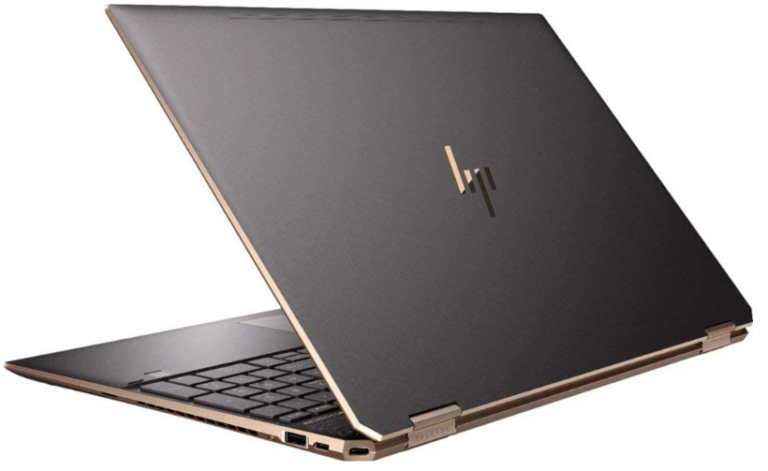
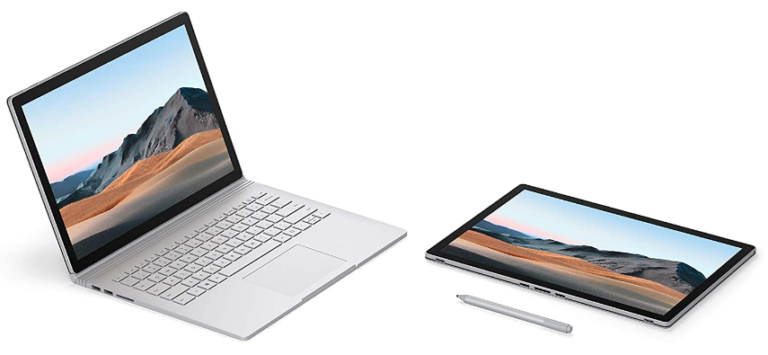
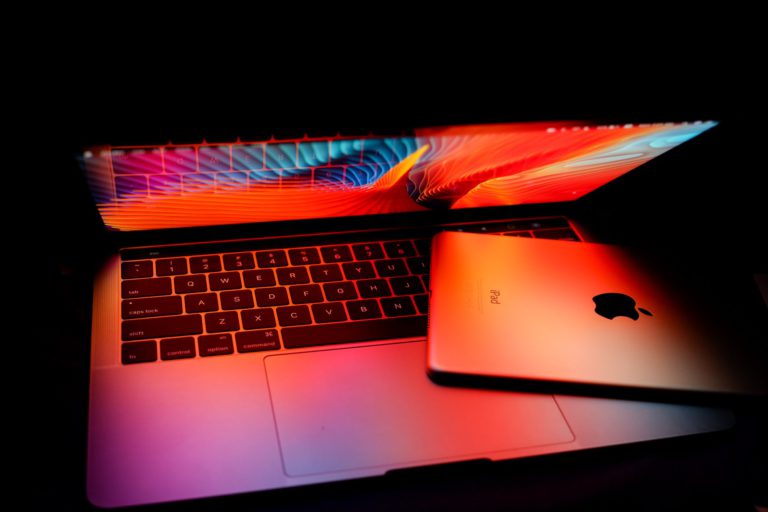
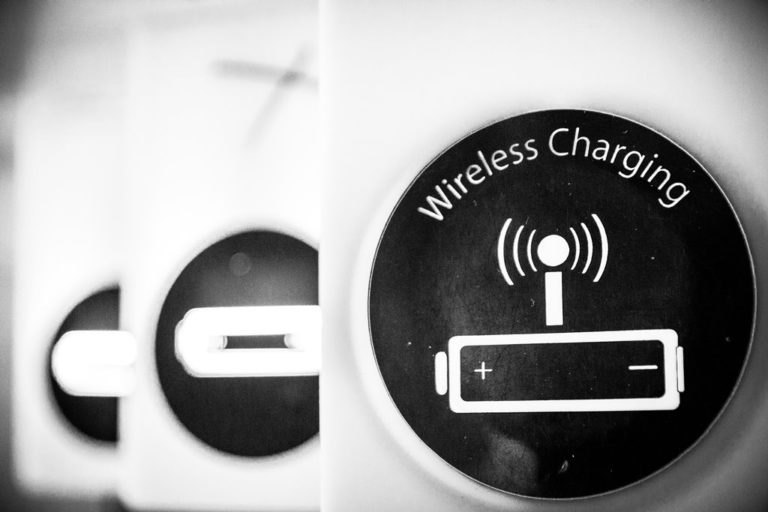
+ There are no comments
Add yours